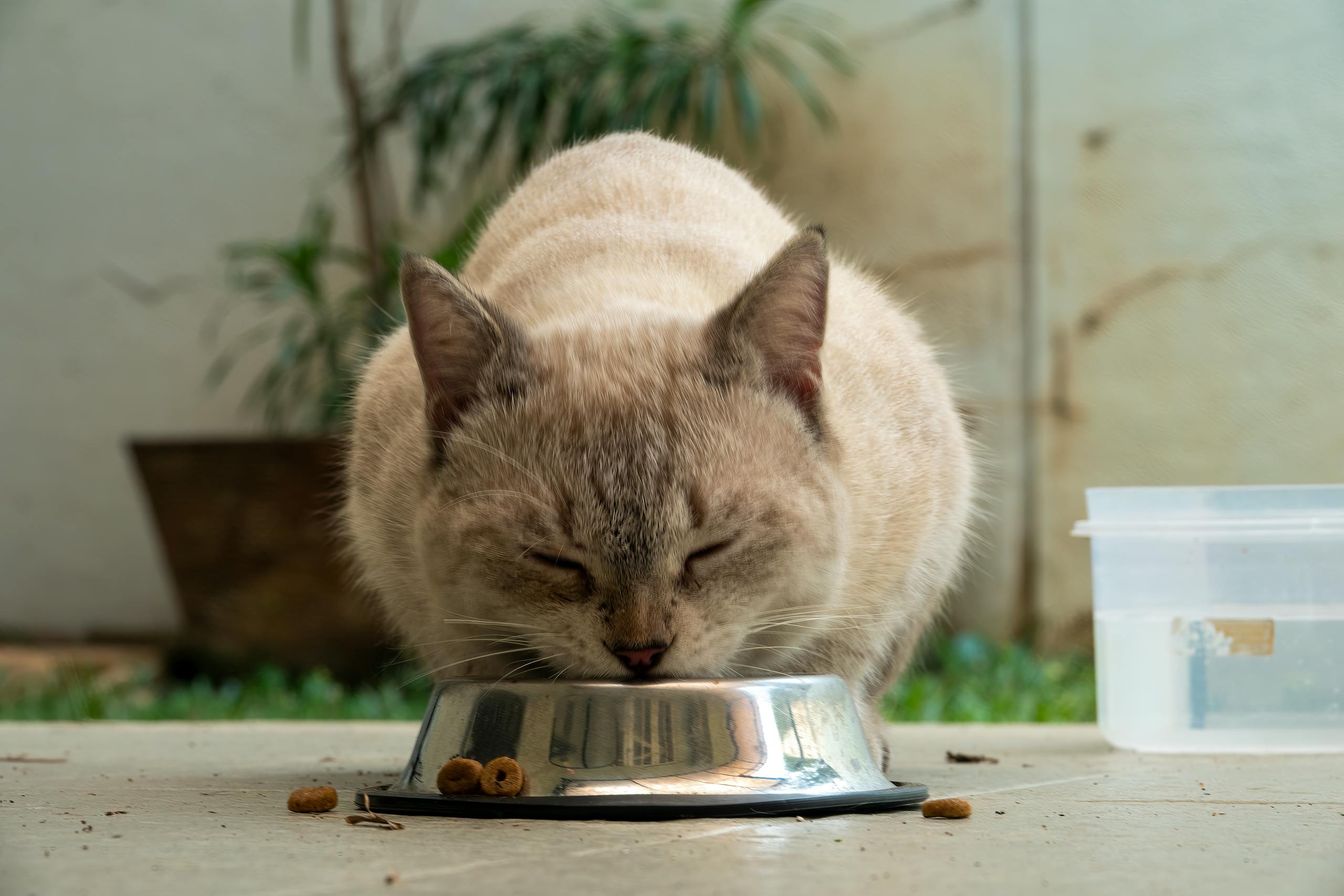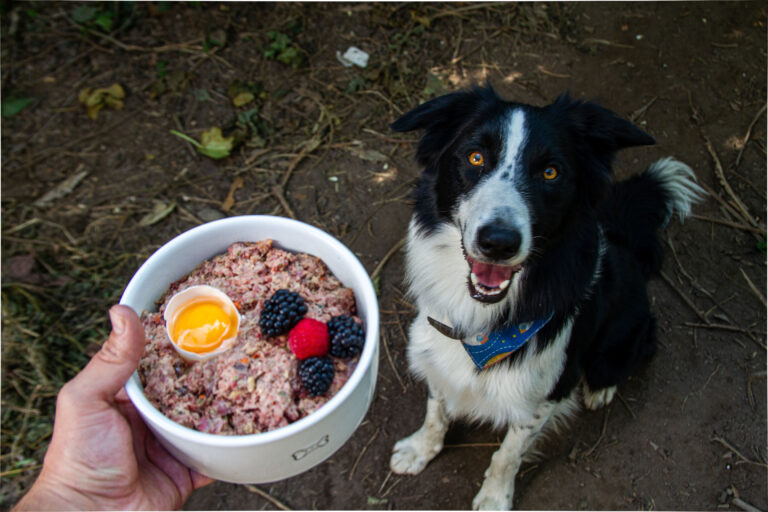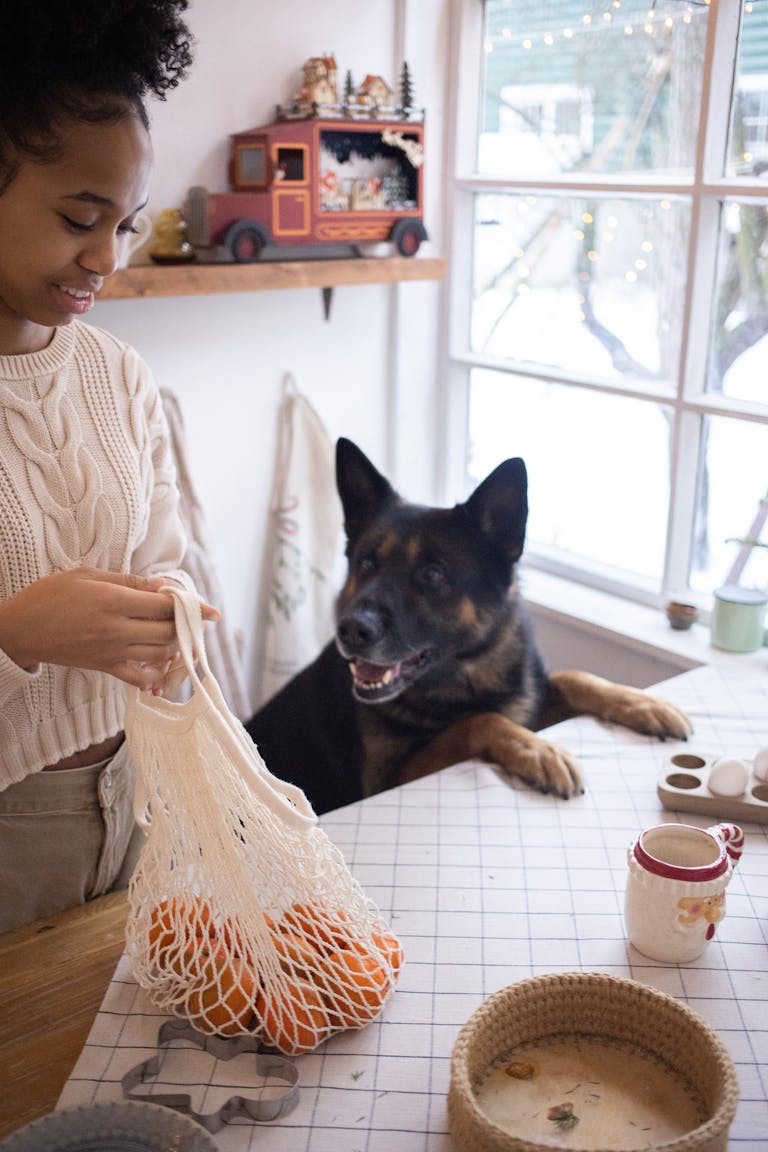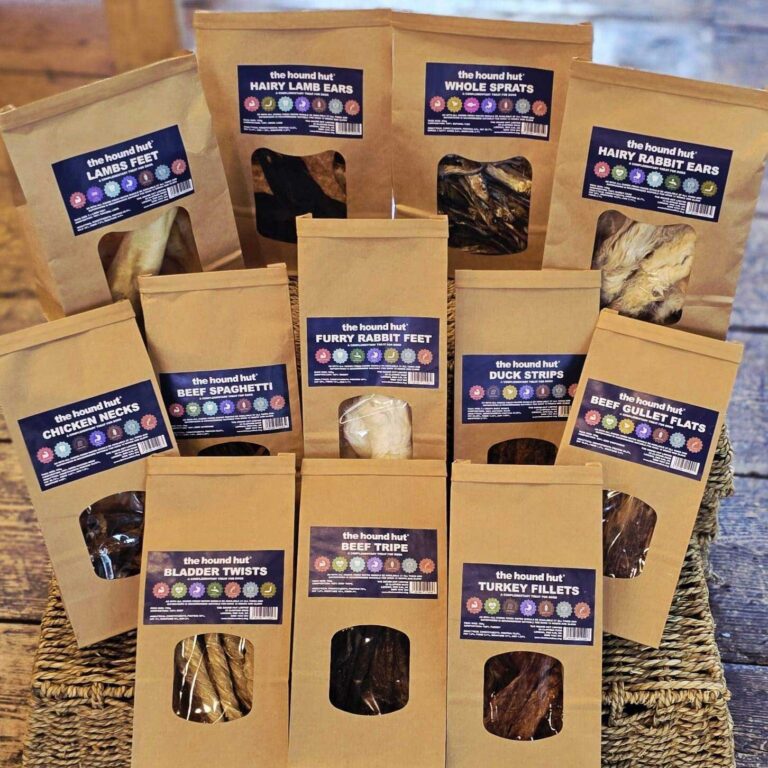Canned or Dried: Does Your Cat Care?
When it comes to feeding your feline friend, you’re often faced with a choice between canned (wet) and dried (biscuits) cat food. Both types have their benefits, and your cat may indeed show a preference, but there are some key factors to consider for their health, hydration, and lifestyle. So, does your cat care which you choose? Here’s a closer look at both options to help you decide what’s best for your furry friend.
Canned (Wet): Pros and Cons
Benefits of Wet Food
- High Moisture Content
Canned cat food typically contains about 75-80% moisture, which is a huge advantage for hydration. Since cats have a low thirst drive and may not drink much on their own, the moisture in canned food helps them stay hydrated, reducing the risk of urinary tract issues and kidney problems. - Palatability
Wet food often has a more appealing aroma and texture for cats, who are natural carnivores. Its high protein content and softer consistency closely mimic the texture of prey, which can be especially beneficial for picky eaters or older cats with dental issues. - Nutritional Density
Wet food is generally high in protein and lower in carbohydrates, which aligns better with a cat’s nutritional needs. It’s also a good option for weight management, as it tends to have fewer calories per gram, allowing your cat to feel full without overeating.
Drawbacks of Wet Food
- Cost and Storage
Wet food is often more expensive than kibble and has a shorter shelf life once opened. If you have multiple cats or a large breed, this can add up quickly. - Convenience
Unlike dry food, which can be left out, canned food needs to be served fresh. Leaving fresh out in the summer can attract flies and make the cat ill if you’re not careful. You may also need to refrigerate any leftovers, which may make a smell from time to time.
Dried (Biscuits) Food: Pros and Cons
Benefits of Dry Food
- Convenience
Dry food can be left out for cats to graze on throughout the day, making it ideal for pet parents who may be away during feeding times. It’s also easy to store and doesn’t spoil as quickly as wet food. - Dental Benefits
While kibble isn’t a substitute for regular dental care, the crunchiness of dry food can help reduce plaque and tartar buildup, promoting better dental health. - Cost-Effective
Dry food tends to be more affordable and lasts longer, which can make it a more budget-friendly option for pet owners. The larger packages available mean you can buy in bulk without worrying about spoilage.
Drawbacks of Dry Food
- Low Moisture Content
Dry food typically contains about 10% moisture, so it may not provide sufficient hydration on its own. This can lead to dehydration over time, especially in cats who aren’t big water drinkers. Consider adding a water fountain to encourage drinking if you primarily feed dry food. - Higher Carbohydrate Content
Many dry foods contain grains or other carbohydrates as fillers, which aren’t necessary for a cat’s diet. Too many carbs can lead to obesity and other health issues over time, particularly if the cat is inactive or not burning off excess calories.
Balancing Wet and Dry Food
Combining both wet and dry food can provide the best of both worlds. Many cat owners opt for a mixed feeding schedule to capitalise on the benefits of each type while balancing cost and convenience. For example, you could offer wet food in the morning and dry food later in the day, ensuring your cat gets enough moisture and nutrition.
If you’re unsure about the ideal balance, consult with your vet. They can help assess your cat’s health, age, and activity level to recommend the best diet, and may even suggest rotating flavours or textures to keep your cat engaged with their meals.
Does your Cat Care?
The short answer is yes, most cats have a preference! Some cats may favour the texture and flavour of wet food, while others enjoy the crunchiness of kibble. It’s common to find cats that are perfectly content with one or the other, and their taste preferences may also shift with age or health changes.
Here’s what you can do to find out your cat’s preference:
- Experiment: Try offering both types in small amounts to see which your cat is drawn to. Some cats will happily consume both, while others may show a strong preference.
- Observe Eating Habits: Monitor their eating habits for any signs of gastrointestinal discomfort, changes in weight, or differences in energy levels.
- Watch Their Water Intake: If your cat eats mostly dry food, make sure they’re drinking plenty of water. Cats on canned food diets generally drink less water due to the high moisture in their food.
Conclusion: What’s Best for your Cat?
Ultimately, the choice between canned and dried food should depend on your cat’s health, lifestyle, and preferences. While cats can thrive on both, many owners find a balance works best for both convenience and health. Whichever you choose, ensuring high-quality ingredients and an appropriate feeding routine will support your cat’s long-term wellness.
When in doubt, speak with your vet—they can help you customize a diet plan that suits your cat’s unique needs, ensuring they enjoy mealtime while staying healthy and happy!





